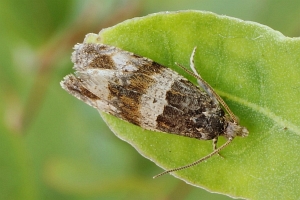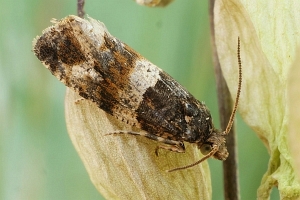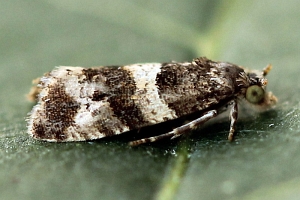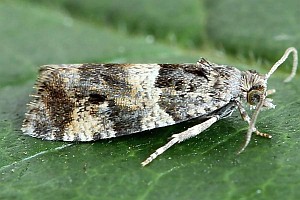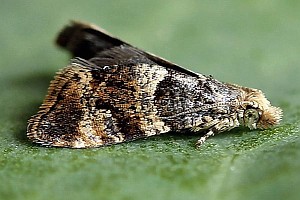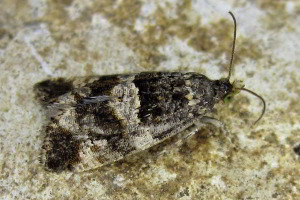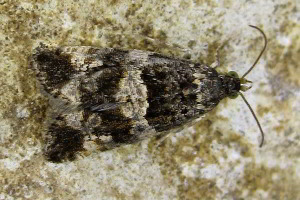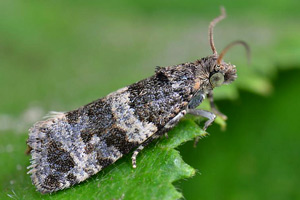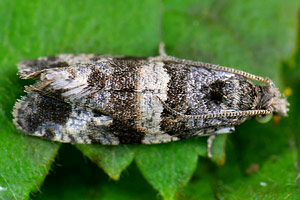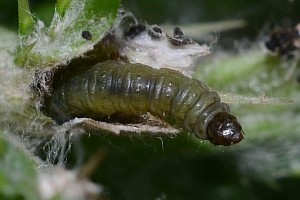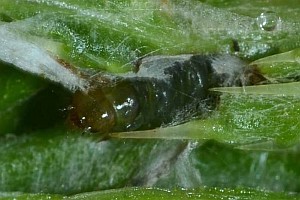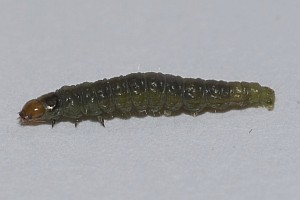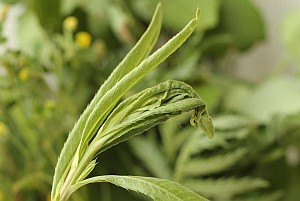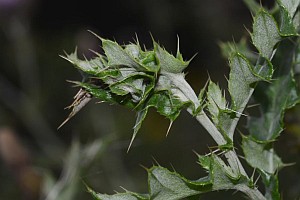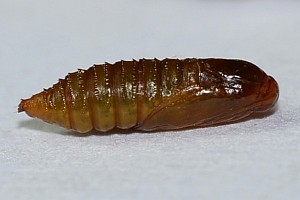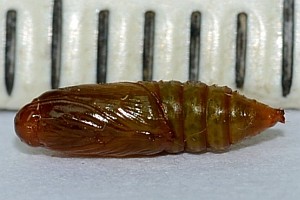Länder:

 +24Kontinente:EUAS
+24Kontinente:EUAS


 +24Kontinente:EUAS
+24Kontinente:EUASNeues Layout der Navigation (Beta Test)
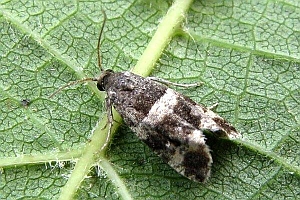
Falter
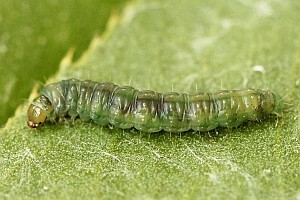
Raupe
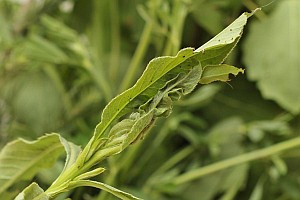
Fraßspuren und Befallsbild
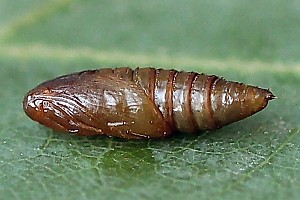
Puppe
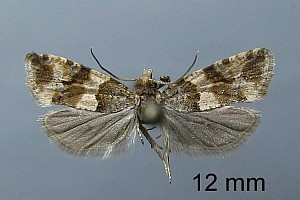
Männchen
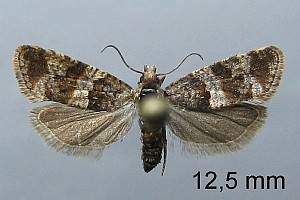
Weibchen
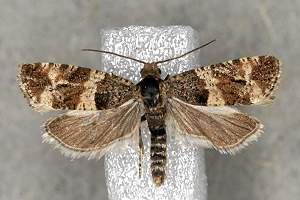
Geschlecht nicht bestimmt
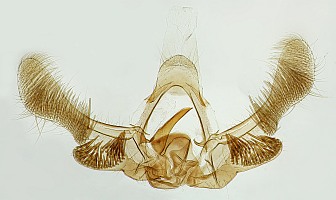
Genitalien ♂
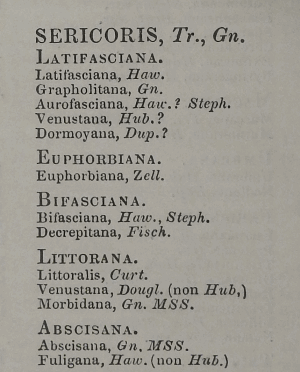
Nomen novum

Bezug der Indikation “Fuligana, Haw. (non Hub.)”
LebendfotosDiagnoseGenitalienBiologieNahrung der RaupeWeitere InformationenAndere KombinationenSynonymeLiteratur
1. Lebendfotos
1.1. Falter
1: Deutschland, Rheinland-Pfalz, 53572 Unkel, Rheintal, Am Stux, trocken-warme Weinbergslage, am Licht 29. Juni 2011 (det. & fot.: Michael Stemmer), conf. Friedmar GrafForum
2-4: Deutschland, Sachsen, bewaldetes Teichgebiet bei Mortka, 140 m, 7. Juli 2013, am Licht (leg., det. & Fotos: Friedmar Graf)Forum
5: Russland, Oblast Moskau, Bezirk Serebrjanyje Prudy, Dorf Lischnjagi, 9. August 2013, am Licht (fot.: Andrey Ponomarev), det. Ilya UstyantsevForum
6: Russland, Oblast Moskau, Bezirk Orechowo-Sujewo, Dorf Topolinyy, 118 m, 26. Juli 2014, am Licht (det. & Foto: Andrey Ponomarev)Forum
7: Falter mit Flügeldefekt, Russland, Oblast Moskau, Bezirk Ramenskoje, Schukowski, Raupe an Ackerdistel (Cirsium arvense) 4. Juni 2014, e.l. 26. Juni 2014 (leg., cult., det. & Foto: Andrey Ponomarev)Forum
8: Deutschland, Nordrhein-Westfalen, Hagen, Wiesengelände mit ausgedehnten Distelbeständen, 250 m, Raupen in zusammengesponnen Spitzenblättern von Acker-Kratzdistel (Cirsium arvense) 2. September 2014, e.l. 14. Dezember 2014 (leg., cult., det. & Foto: Josef Bücker)Forum
9-10: Deutschland, Niedersachsen, Rodenberg, Garten, 90 m, am Schwarzlicht, 3. Juli 2015 (det. & Studiofotos: Tina Schulz), conf. Friedmar GrafForum
11-12: Litauen, Želtiškiai, 55° 23' 55.38", 25° 15' 33.63" (WGS), 18. August 2018, am Licht (Fotos: Arūnas Eismantas), det. Tina SchulzForum
1.2. Raupe
1: Russland, Oblast Moskau, Bezirk Ramenskoje, Schukowski, in Triebspitze von junger Ackerdistel (Cirsium arvense), 4. Juni 2014 (leg., cult., det. & Foto: Andrey Ponomarev)Forum
2-4: Deutschland, Nordrhein-Westfalen, Hagen, Wiesengelände mit ausgedehnten Distelbeständen, 250 m, Raupen in zusammengesponnen Spitzenblättern von Acker-Kratzdistel (Cirsium arvense), 2. September 2014 (leg., cult., det. & Fotos: Josef Bücker)Forum
1.3. Fraßspuren und Befallsbild
1-2: Befallsbild an junger Ackerdistel (Cirsium arvense): Russland, Oblast Moskau, Bezirk Ramenskoje, Schukowski, 4. Juni 2014 (Fotos: Andrey Ponomarev)Forum
3: Befallsbild an Acker-Kratzdistel (Cirsium arvense): Deutschland, Nordrhein-Westfalen, Hagen, Wiesengelände mit ausgedehnten Distelbeständen, 250 m, 2. September 2014 (Foto: Josef Bücker)Forum
1.4. Puppe
1: Russland, Oblast Moskau, Bezirk Ramenskoje, Schukowski, Raupe an Ackerdistel (Cirsium arvense) 4. Juni 2014 (leg., cult., det. & Foto am 8. Juni 2014: Andrey Ponomarev)Forum
2-3: 6 mm, Deutschland, Nordrhein-Westfalen, Hagen, Wiesengelände mit ausgedehnten Distelbeständen, 250 m, Raupen in zusammengesponnen Spitzenblättern von Acker-Kratzdistel (Cirsium arvense) 2. September 2014 (leg., cult., det. & Fotos im Oktober 2014: Josef Bücker)Forum
2. Diagnose
2.1. Männchen
1: ♂, Deutschland, Sachsen, Oberlausitz, Commerau bei Klix, Heide- und Teichlandschaft, 140 m, Lichtfang, 13. Juli 2006 (leg., det. & Foto: Friedmar Graf)Forum
2.2. Weibchen
1: ♀, Deutschland, Sachsen, Oberlausitz, Boxberg, Heidelandschaft, 126 m, Lichtfang, 30. Juni 2003 (leg., det. & Foto: Friedmar Graf)Forum
2.3. Geschlecht nicht bestimmt
1: Deutschland, Bayern, Bayerischer Wald, Furth im Wald, 13. Juli 2005, Lichtfang (Foto: Ingrid Altmann), leg. Wilfried Klemmer, det. Herbert PröseForum
2.4. Genitalien
2.4.1. Männchen
1: Genitalpräparat eines nicht abgebildeten ♂, Österreich, Wien, Lobau, am Licht 12. Juli 2012 (leg. & det. Oliver Rist, GU und Mikro-Foto: Peter Buchner)
2.5. Nomen novum
1: Doubleday ([1849]: 22) [Reproduktion aus Band in der Universitätsbibliothek Frankfurt am Main: Jürgen Rodeland]
2.6. Bezug der Indikation “Fuligana, Haw. (non Hub.)”
1: Haworth ([1811]: 465) [nach Digitalisat der Bibliothèque nationale de France, datiert nach Heppner, 1982)]
3. Biologie
Lobesia abscisana kann man im Flach- und Hügelland Ostsachsens regelmäßig von Mitte Juni bis Anfang August am Licht nachweisen. [Friedmar Graf]
3.1. Nahrung der Raupe
- [Asteraceae:] Cirsium arvense (Acker-Kratzdistel)
Einzige bekannte Eiablage- und Raupennahrungspflanze ist die Acker-Kratzdistel (Cirsium arvense). So etwa schrieb Kennel (1916: 456) zu "Polychrosis fuligana Hw.": "Die Raupe ist blaugrün, Kopf und Nackenschüd sind gelblich braun; sie lebt im Juni und September in Schößlingen von Carduus arvensis."
(Autor: Erwin Rennwald)
4. Weitere Informationen
4.1. Andere Kombinationen
- Sericoris abscisana Doubleday, [1849] [Originalkombination]
4.2. Synonyme
- Tortrix fuligana Haworth, [1811] [nomen praeoccupatum]
4.3. Literatur
- Nomen novum: Doubleday, H. [1847-1849] (“1850”): A Synonymic List of British Lepidoptera: 1-40.
- Griffin, F. J. (2010): Doubleday, H., 1850, A Synonymic List of British Lepidoptera, London, [1847]-[1849], 1850. — Journal of the Society for the Bibliography of Natural History 1 (3): 87 [Sekundärzitat nach euppublishing.com].
- Beschreibung als Tortrix fuligana: Haworth, A. H. (1803-1828): Lepidoptera britannica; sistens digestionem novam insectorum lepidopterorum quæ in Magna Britannia reperiuntur, larvarum pabulo, temporeque pascendi; expansione alarum; mensibusque volandi; synonymis atque locis observationibusque variis: I-XXXVI, 1-609. Londini (R. Taylor).
- Heppner, J. B. (1982): Dates of selected Lepidoptera literature for the western hemisphere fauna. — Journal of the Lepidopterologists' Society 36 (2): 87-111.
- Kennel, J. (1908-1921): Die Palaearktischen Tortriciden. Eine monographische Darstellung. — Zoologica, 21 (54): 1-546. [PDF auf zobodat.at]
























